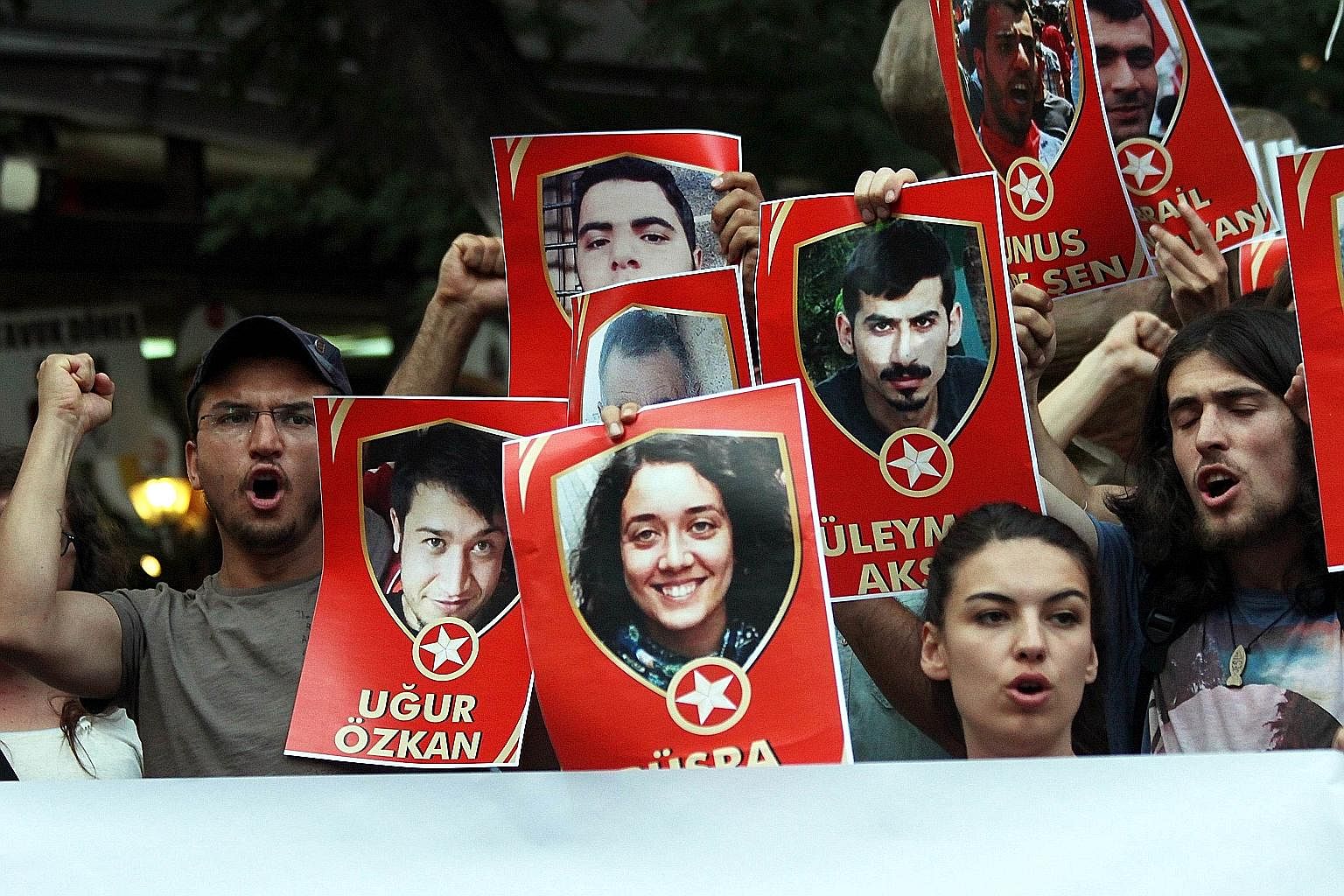It's been almost a century since T.E. Lawrence and the Arab Revolt kicked the Ottomans out of Syria. Now the Turks are coming back, this time with US air support, in a plan to establish a 100km-long buffer zone on the Syrian side of the border between the two countries.
If the creation of a new mini-state within the borders of a Middle Eastern state seems worrisome, that's because it is.
As the Israelis learnt to their detriment in Lebanon in the 1980s and 1990s, such semi-permanent security zones are costly to maintain and produce strange, unintended consequences - like the birth of Hizbollah. But, as crazy as it sounds, the buffer zone might be better than the alternatives, because it could be a first step towards boots on the ground capable of defeating the Islamic State in Iraq and Syria (ISIS).

Since the collapse of Syria began, the Turkish government has been focused on two competing objectives. One is to weaken and ultimately defeat Syrian President Bashar al-Assad, which has meant supporting the Free Syrian Army militias.
The other Turkish goal is to push back within Syria the Kurdish militias, which have both participated in the fight against Mr Assad and taken advantage of the vacuum to expand their territory.
Turkey fears and loathes the rise of Kurdish national feelings in the region, because Kurds in Iraq and Syria sympathise with the PKK, a militia seeking to control majority- Kurdish territory within Turkey.
A buffer zone in Syria, backed by US air power, serves both these Turkish interests. If executed properly, it'll weaken Syrian sovereignty by establishing a piece of Turkey inside Syria. And it'll give Turkish troops a zone to push Kurdish militias farther to the east.
Until now, the Turks haven't been prepared to enter Syrian territory and stay there - partly because it would involve them in head-to-head combat with ISIS. But that's changed after a bold suicide attack last week against Kurdish volunteers in Turkey who were headed over the border to fight ISIS. Now Turkish President Recep Tayyip Erdogan needs to show the Sunni militant group - and his domestic constituency - that he won't tolerate ISIS taking the fight to Turkey.
The other actor in all this is the US, which until recently would've been horrified by the idea of Turkey carving out a piece of Syria, much less by the notion of facilitating the land grab from the air. President Barack Obama's Syria strategy (if it can be dignified with that word) has from the start been plagued by a deep ambivalence about Mr Assad's fate. And the Hamlet-like indecision - Should the Assad regime be or not be? - hasn't been quelled by the passage of time.
What's more, in Iraq, the Kurdish minority has been a steadfast US ally, and in truth the only set of actors in that troubled country on whom the US has been able to rely since 2003. Turkey is a close ally, too, of course. The United States hasn't embraced dreams of Kurdish statehood in Iraq or more broadly, but it also has no deep interest in the Turks weakening the Kurdish forces in Syria.
The US nevertheless has a pressing need for the buffer zone, because it's desperate to make inroads - any inroads - against ISIS. The only way to do that is with local ground troops. No Sunni Arab ground force has emerged to fight the militants. That leaves Iranian- trained Shi'ite militias with Iranian officers in Iraq. And in Syria, where the Free Syrian Army hasn't managed any meaningful victories, it leaves only Kurdish fighters.
Turkish troops would be another matter altogether. From the US perspective, getting Turks to fight ISIS is good news - a major development in the slow process of assembling an effective coalition.
That's why it makes sense for the US to back the buffer zones, despite the risks. Those risks are significant. The zone may be administered by Syrian militias who have ties to anti-American militants. It might conceivably be the first step to the fall of Mr Assad - at least that's what the Turks want. And it also might be another step towards the dismemberment of Syria, which would further destabilise the region.
But a statelet where the ISIS has been defeated, even if backed by Turkey, will also be a counterpoint to the militant group. And at this point, the US is begging for allies to take on the ISIS. It can't afford to be choosy.
BLOOMBERG VIEW
